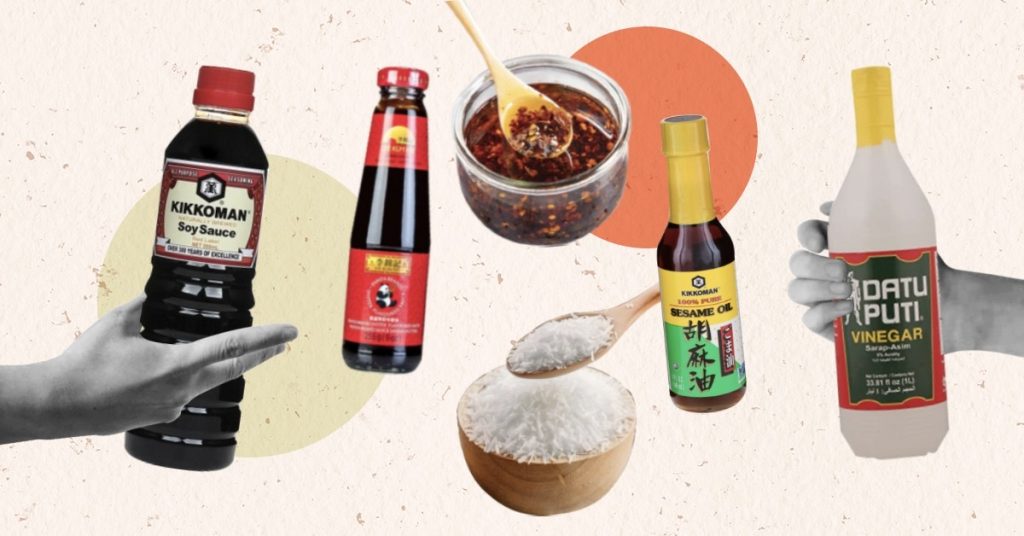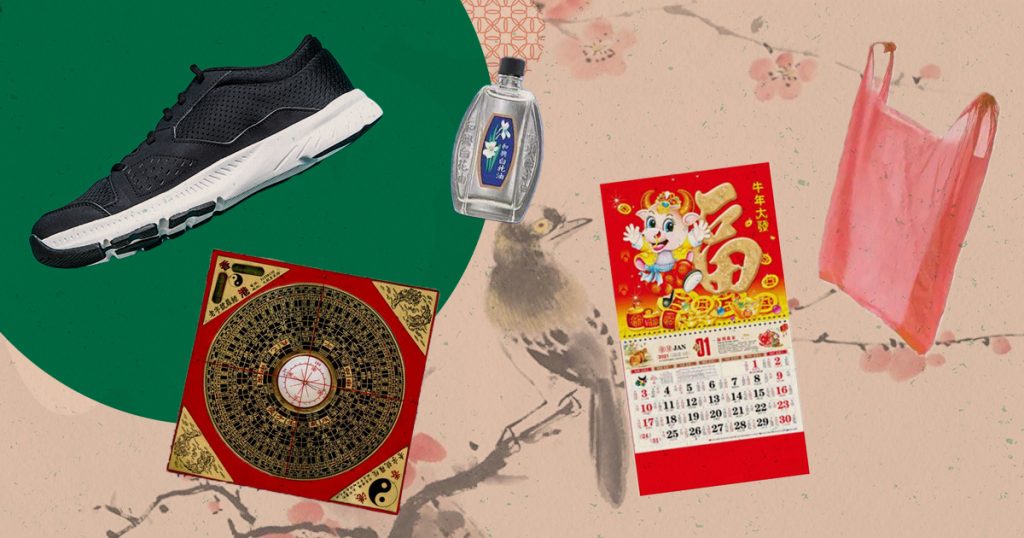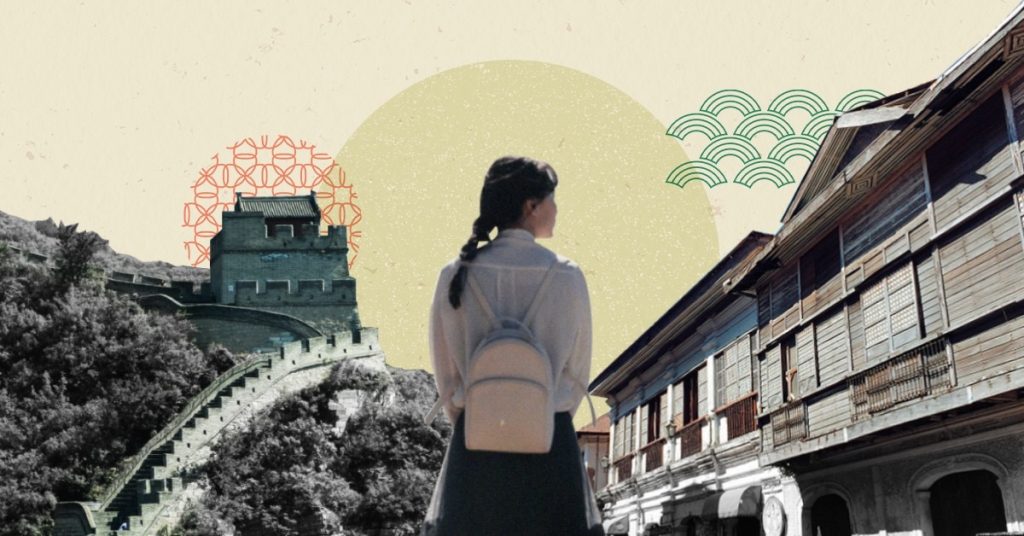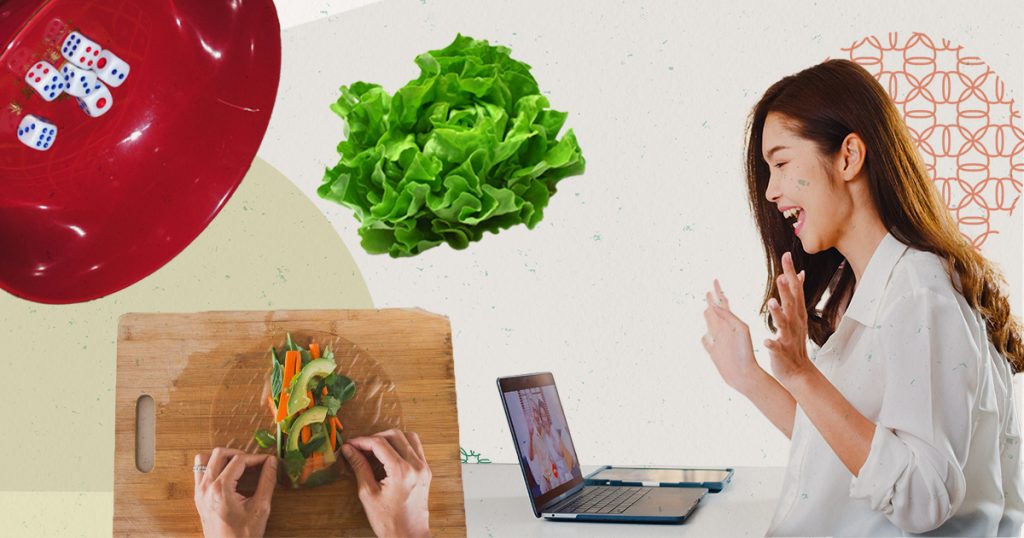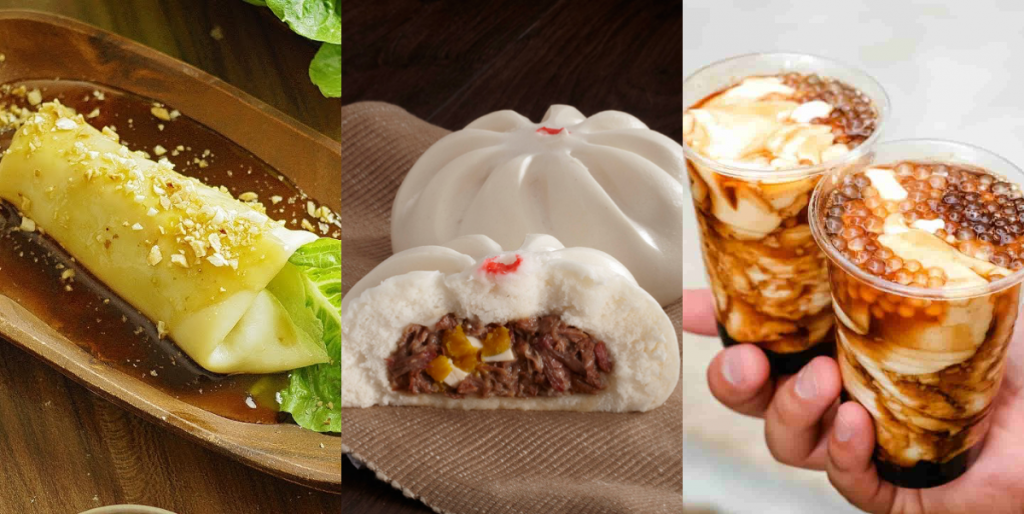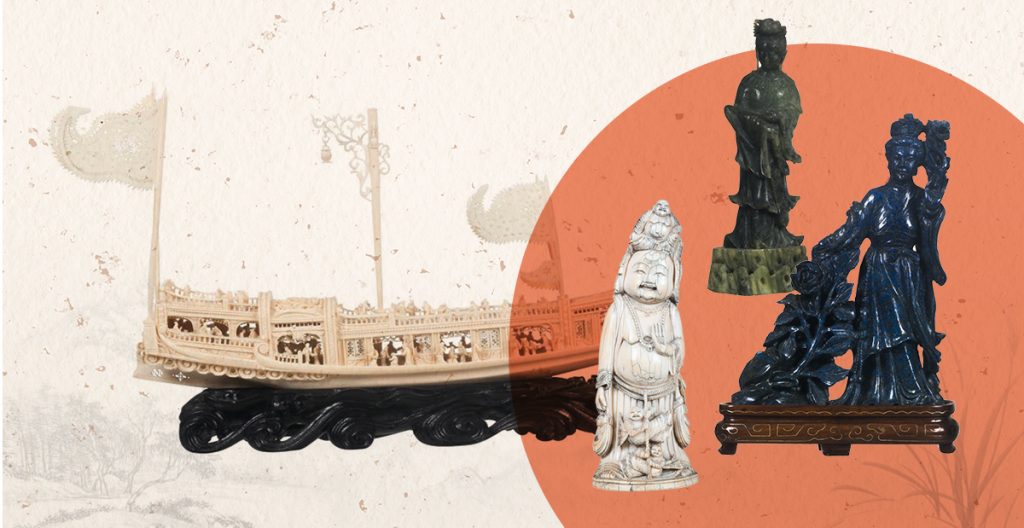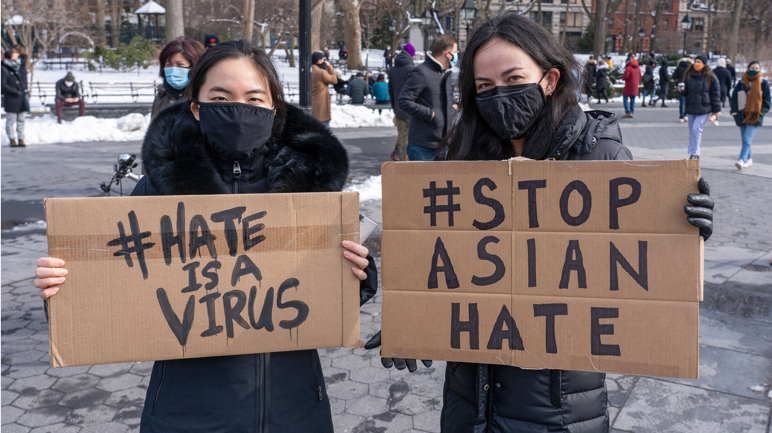The 4 Key Aspects of Chinese Landscape Painting
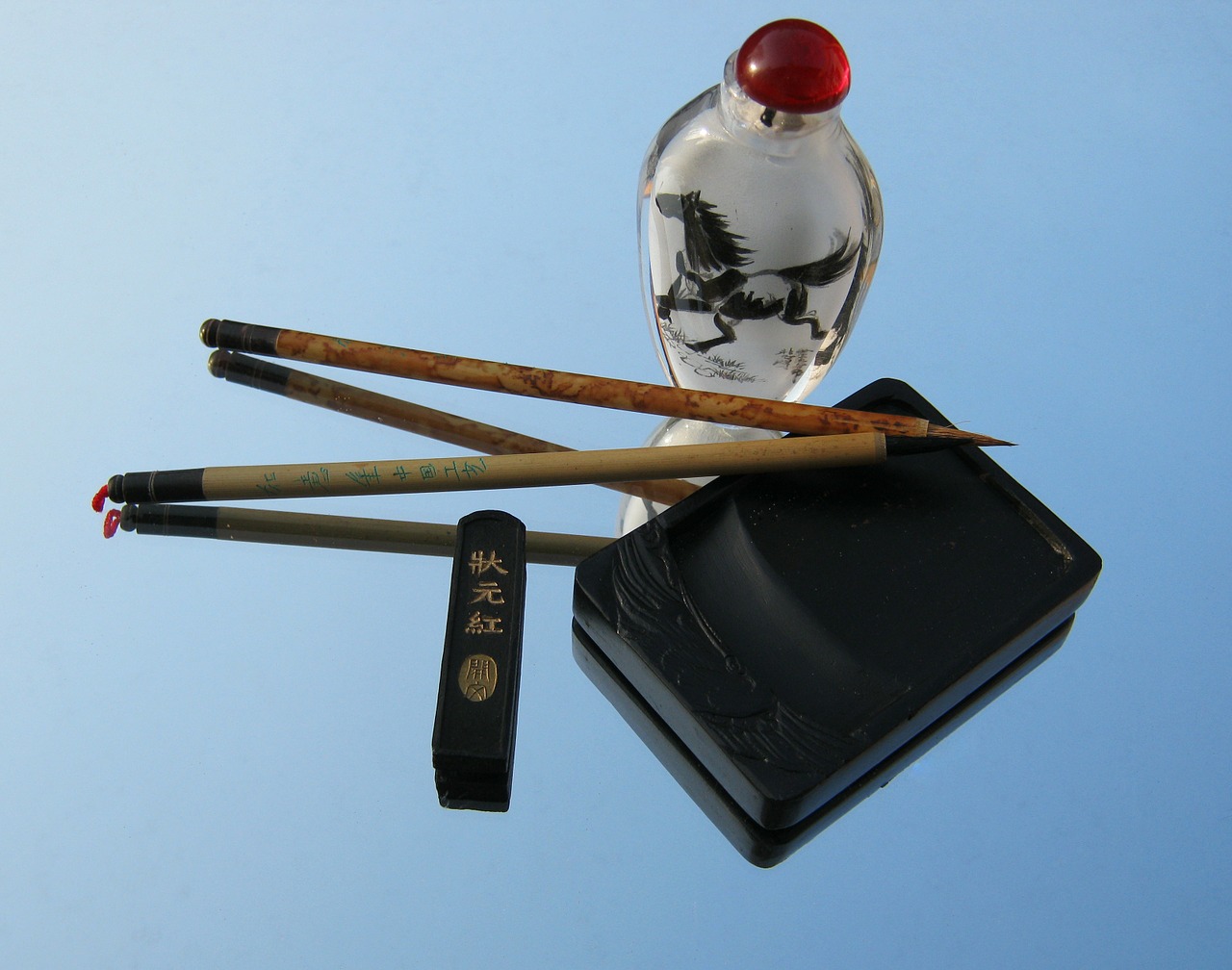
Understanding the depth of Chinese art would take a lifetime — even more. First, one must ask the question: what does it mean to be Chinese? What makes something — or someone — Chinese? How are we to identify Chinese art from, let’s say, art from neighboring Japan or Korea?
According to Ateneo de Manila University Chinese Studies Program professor Daisy See, Chinese landscape painting consists of four aspects. She submitted a short documentary video for this year’s Spring Festival, organized by the Ateneo Ricardo Leong Center for Chinese Studies and Ateneo Celadon.
According to See, these are the four aspects that make paintings Chinese:
1. Paper
“When drawing, we use jing paper, or better known as xuanzhi, [which] originated from Jing County, Xuan City of Anhui province. The place produce[s] high grade paper [which is] mainly used for Chinese brush painting, calligraphy, mounting, rubbing, and watermarking,” said See.
According to See, the reason behind the use of this type of paper lies in its quality and texture. According to her, it’s durable and has insect-resistant properties. In addition, See mentioned how Chinese paintings don’t use certain types of papers, like those that are used in the office every day.
“Note that water-resistant paper, or those coated with wax, or those having a slippery surface are not suitable for Chinese landscape painting because xuanzhi or xuan paper is [an] absorbent and allow ink to run.”
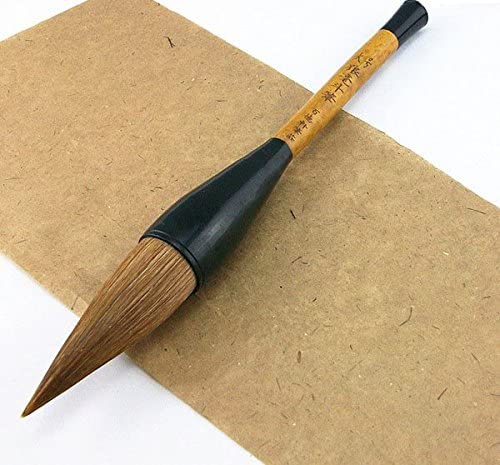
A langhao brush, which is more suited for painting mountains, water, leaves, orchids, and bamboo. Image from amazon.com
2. Brush
According to See, the brush used for Chinese landscape painting differs from paintbrushes, like watercolor. In addition, there are three kinds of Chinese brushes: stuff-fiber, soft-fiber, and mixed-fiber, all of which serve different purposes.
Stiff-fiber, or langhao, are usually used for painting mountains, water, leaves, orchids, and bamboo because the brush is “perfect for outline texture stroke.”
Soft-fiber (yanghao), on the other hand, are made up of the hairs of goats, according to See. In contrast to stiff-fiber, soft-fiber brushes are better for coloring, dotting, and shading.
Lastly, mixed-fiber brushes, which combine both stiff-fiber and soft-fiber, are used in painting clouds.
Thus, in Chinese landscape painting, the brushes used matter. One-size-fits-all doesn’t exist when it comes to the brushes.
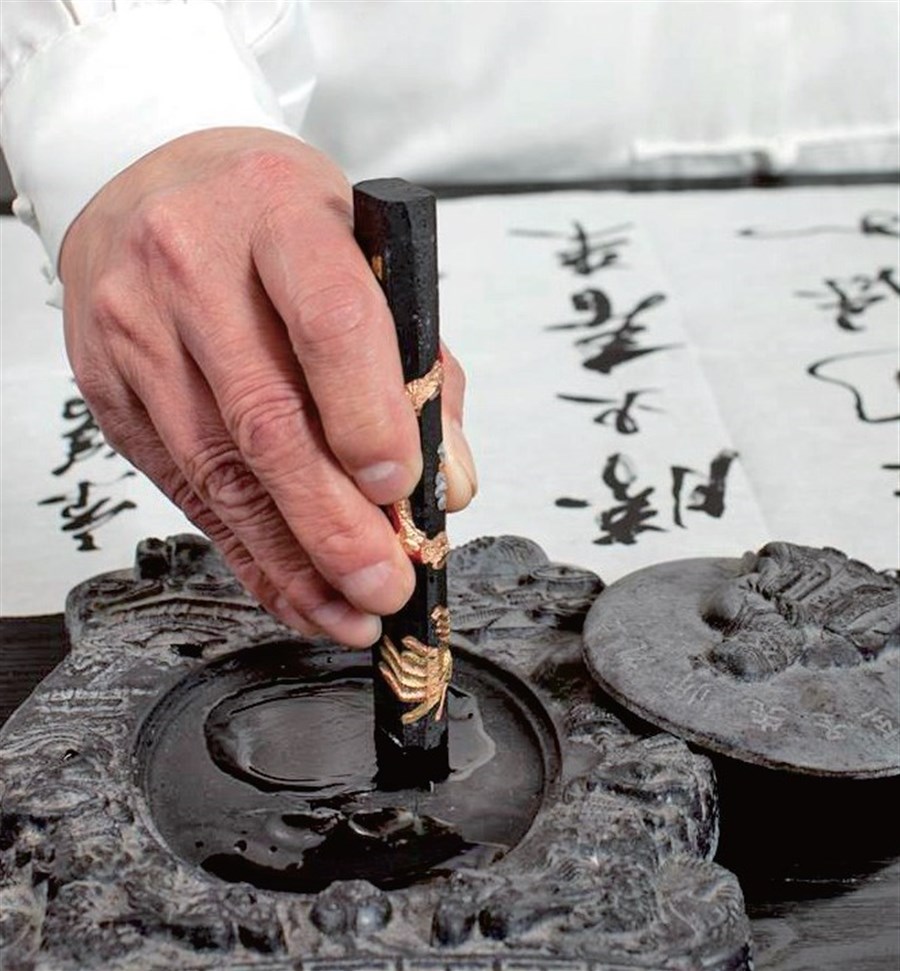
Image from archive.shine.cn
3-4. Ink stick and ink stone
Ink stick and ink stone, though different, go together.
“The ink stick is rubbed or gently ground[ed] on [an] ink stone containing water to produce ink. How long rubbing the ink on the stone … depends on the artist’s required level of colored richness. A good ink stick must have the quality colored pigments and binders. Whether black or color[ed], the ink stick must have qualities that enhance elasticity and prevent corrosion fading,” See said.
On the other hand, an ink stone does not need to be very specific. See said that “[a]ny flat stone surface used to grind the ink can be the ink stone. Ink stone may be made of stone, jadestone, clay, pottery, porcelain, or metal.”
Beyond these four treasures of Chinese landscape painting, however, the artist him or herself must be skilled. It’s the artist who gives meaning to the treasures. He or she must be skilled and able to control his or her techniques. He or she must be open to looking at one thing and seeing multiple possibilities in them. After all, when the sun shines on a mountain from its east side, a very different perspective may be seen when its shining from the west.
jjj
The author of this article:

An accomplished young Chinese Filipino writer and media personality, Aaron S. Medina is associated with the Philippine Daily Inquirer, the Ateneo de Manila University Chinese Studies Program, the Philippine Association for Chinese Studies, and CHiNOY TV. He has a passion for truth, justice, and Pokémon, too! Follow him on Facebook: https://www.facebook.com/aaron.joseph.s.medina/




